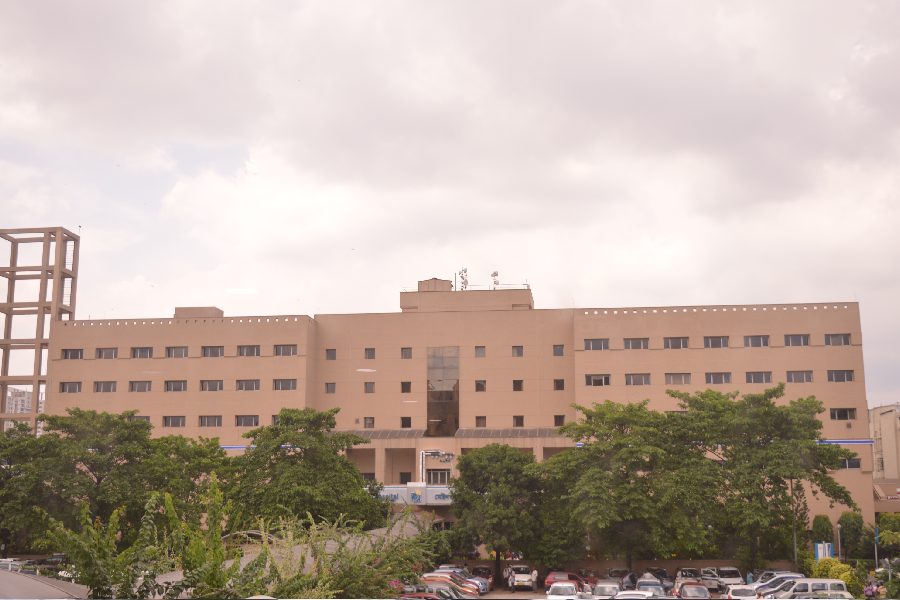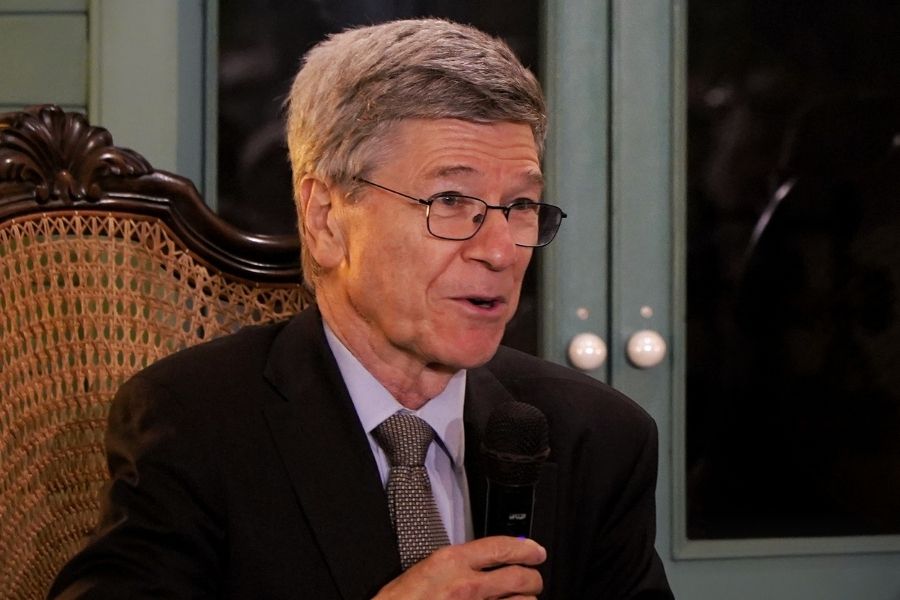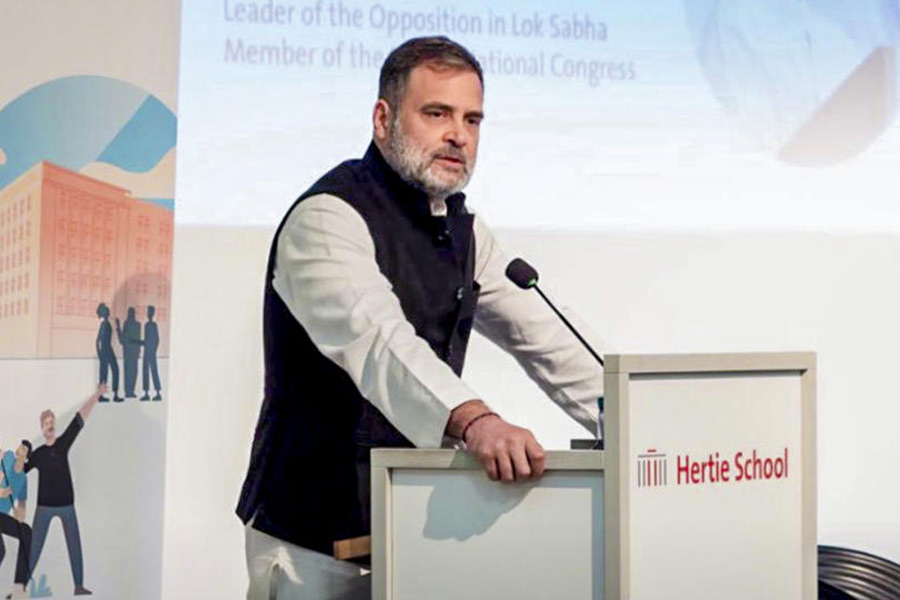Symptom-based care is no longer enough. With 2.5 million preventive health checks, Apollo Hospitals’ latest report sounds the alarm on an invisible health crisis brewing beneath the surface of asymptomatic India.
On the surface, India appears healthier than ever. Life expectancy is up, fitness influencers flood our feeds, and dietary awareness is on the rise. But beneath this veneer of wellness lies a stark truth: millions of Indians are harbouring silent, undiagnosed conditions — and they don’t even know it.
On April 7, to mark World Health Day, Apollo Hospitals unveiled its Health of the Nation 2025 report, drawn from over 2.5 million preventive health screenings. The message was loud and clear: “Don’t wait for symptoms.” India’s healthcare must now pivot from reactive to proactive, from symptom-led to prevention-first.
Hidden illness, alarming numbers
Perhaps the most striking revelation is the sheer prevalence of non-communicable diseases (NCDs) in people who show no outward signs of illness.
Among those screened, 26 per cent were found hypertensive and 23 per cent diabetic — without reporting a single symptom.
Even more staggering: 65 per cent had fatty liver, of whom a vast 85 per cent were non-alcoholic.
“These findings dismantle the old belief that only what hurts needs healing,” said Dr Prathap C. Reddy, chairman of Apollo Hospitals. “We need to flip the script—from treatment to preservation.”
Preventive health checks through Apollo’s ProHealth program have surged by 150 per cent in just five years — from 1 million in 2019 to 2.5 million in 2024 — reflecting a growing public awareness, but also a rising burden of undetected conditions.
A nation in red zone
The report is as much a health ledger as it is a wake-up call. Key findings include:
Fatty liver: Of 2.57 lakh individuals screened, 65 per cent had the condition. Alarmingly, most were non-drinkers, pointing to diet, obesity and sedentary lifestyles as the primary culprits.
Post-menopausal health decline: Women face an acute spike in metabolic risks. Diabetes rates jump from 14 per cent to 40 per cent post-menopause. Obesity rises from 76 per cent to 86 per cent.
Childhood obesity: 28 per cent of college students were found overweight or obese; 19% were pre-hypertensive — a sobering sign that lifestyle-linked diseases are taking root earlier than ever.
Mental health: 6 per cent showed signs of clinical depression, with women (7 per cent) outnumbering men (5 per cent), and middle-aged adults (40–55) at greatest risk.
Obstructive sleep apnea: 1 in 4 individuals screened were at high risk. Among men over 55, the figure spikes to a startling 68 per cent.
For Dr Suneeta Reddy, managing director of Apollo Hospitals, the numbers reaffirm a long-held belief: “Prevention is India’s most scalable healthcare solution. We must move from episodic checkups to continuous, real-time monitoring. The data proves that early nudges can reverse chronic markers and reshape health outcomes.”
In West Bengal, 88 per cent of individuals screened had low Vitamin D levels, 64 per cent were diagnosed with Grade I fatty liver, 33 per cent were hypertensive, with an additional 44 per cent in pre-hypertensive stage, 61 per cent were obese, 19 per cent overweight driven by sedentary habits and poor nutrition and 66 per cent with limited flexibility, reflecting reduced physical movement and posture issues.
Gender gap in healthcare
One of the report’s most urgent themes is women’s health, especially post-menopaus— a phase long ignored in mainstream healthcare.
“The hormonal shifts women go through are seismic, yet our screenings and systems are blind to them,” said Dr Preetha Reddy, executive vice chairperson. “We must adopt life-stage-based care models that respond to women’s unique health needs.”
Indeed, the report reveals a sharp rise in fatty liver (from 54 per cent to 70 per cent) among post-menopausal women, alongside massive upticks in diabetes and obesity. These are not just medical conditions — they’re social indicators of how neglected women’s preventive care has been.
When the young fall sick
The findings on student health are equally sobering. In a nation of youthful demographics, the creeping rise of childhood obesity, pre-hypertension, and poor nutrition suggests a brewing crisis. The early indicators — 8 per cent overweight in primary school, ballooning to 28 per cent by college — warn of an NCD tidal wave in the coming decades.
“Our campuses should be centres of wellness, not silent incubators of chronic disease,” said Dr Anupam Sibal, group medical director. “Physical literacy, regular screening and mental health support must be integrated into the education system.”
Data to the rescue?
At the heart of Apollo’s strategy is the ProHealth program, which blends AI-driven analytics with real-time health tracking. The outcomes are promising:
59 per cent reduced HbA1C levels (diabetes marker)
51 per cent lowered blood pressure
47 per cent achieved weight loss
By focusing on nudge-based behavior change, the program not only alerts patients to early risks but actively guides them towards wellness goals.
Road ahead: Policy, access and mindset
Apollo is now pushing for preventive care to be embedded in public policy, insurance coverage, and corporate wellness programs.
“Every school should teach health literacy. Every office should fund annual screenings. And every household must treat health like wealth,” said Dr Prathap Reddy.
With 61% of individuals screened classified as obese and Vitamin D deficiency impacting 80% of the population, the report shows just how precarious the country's health balance is.










